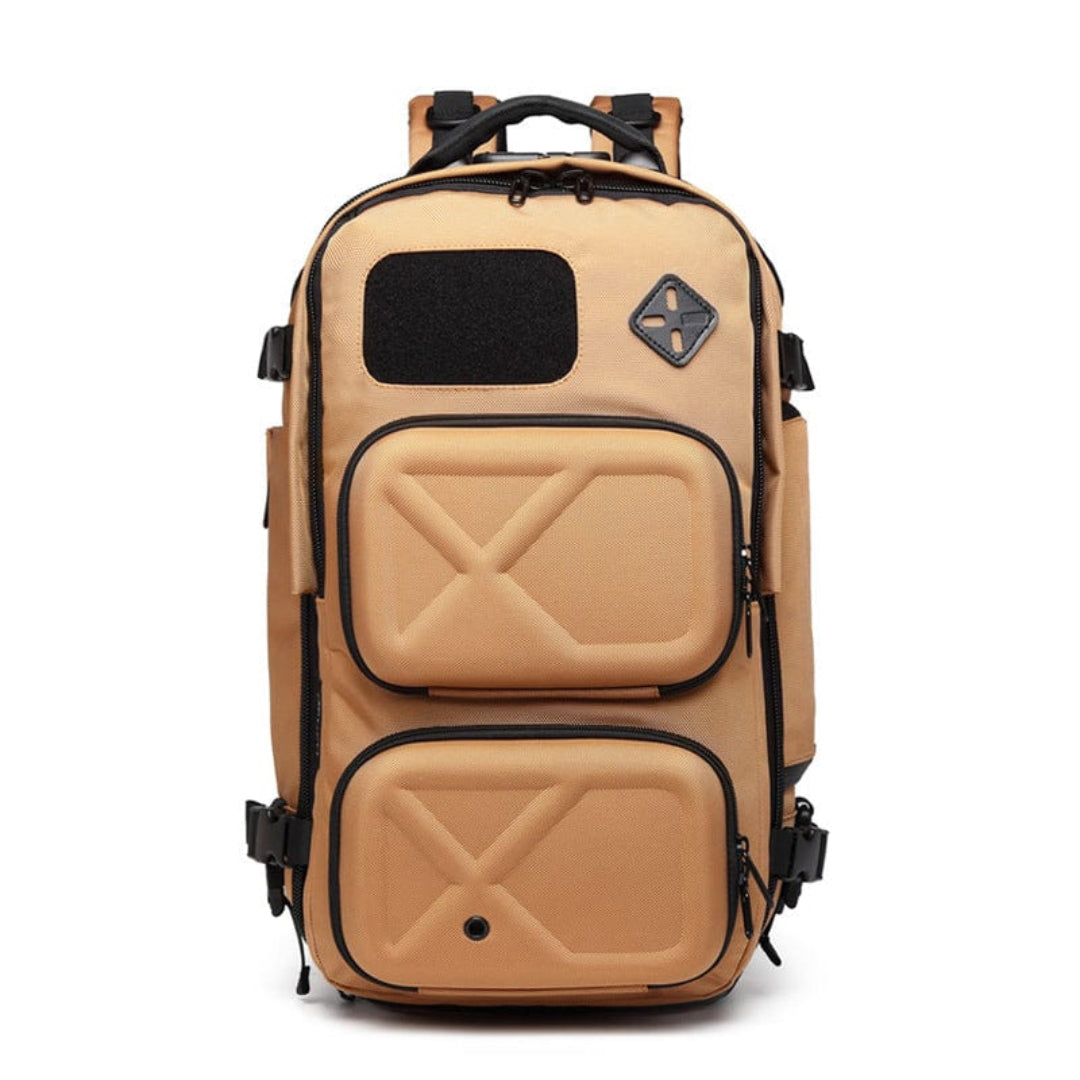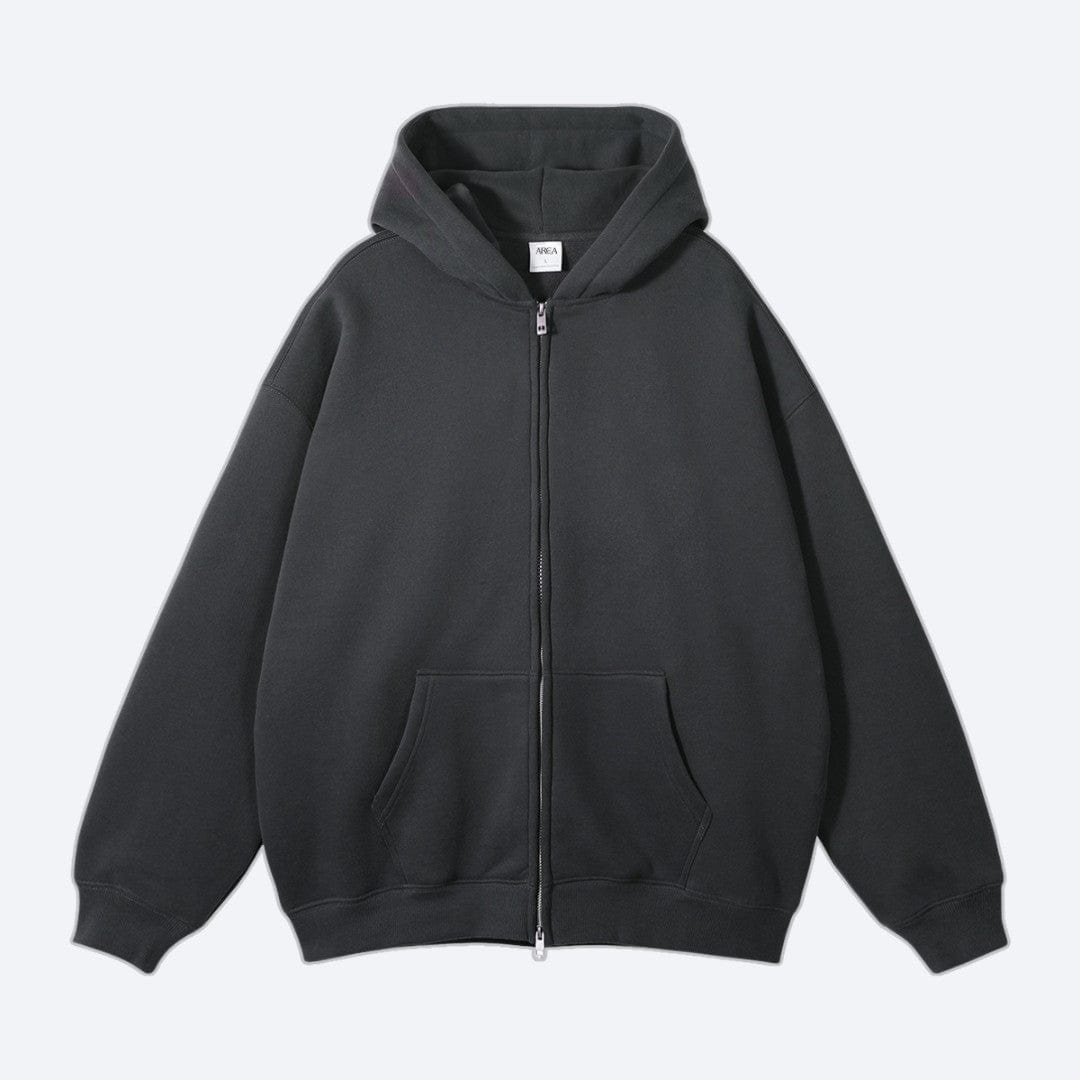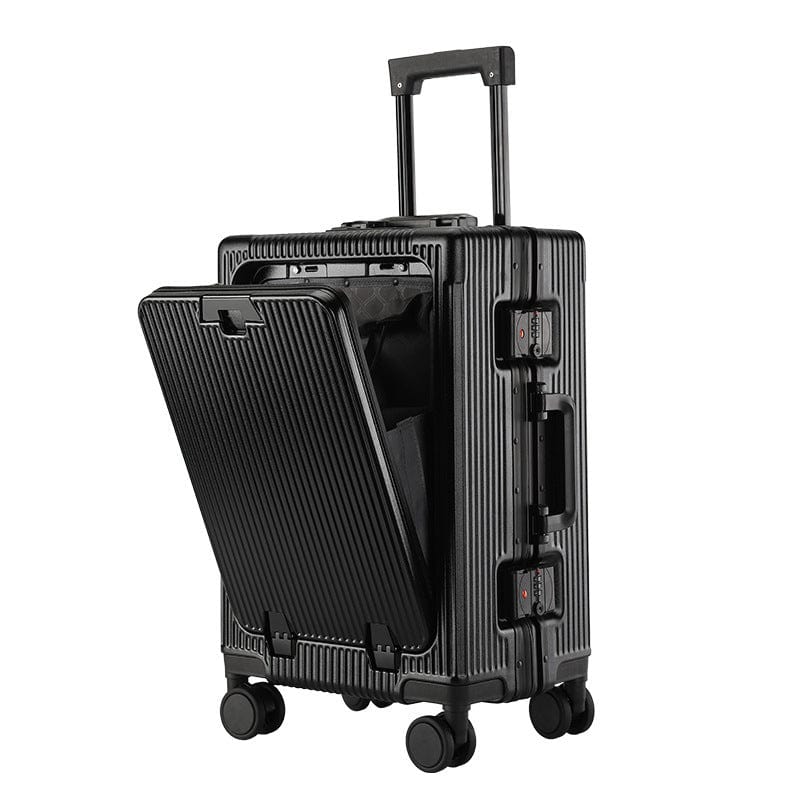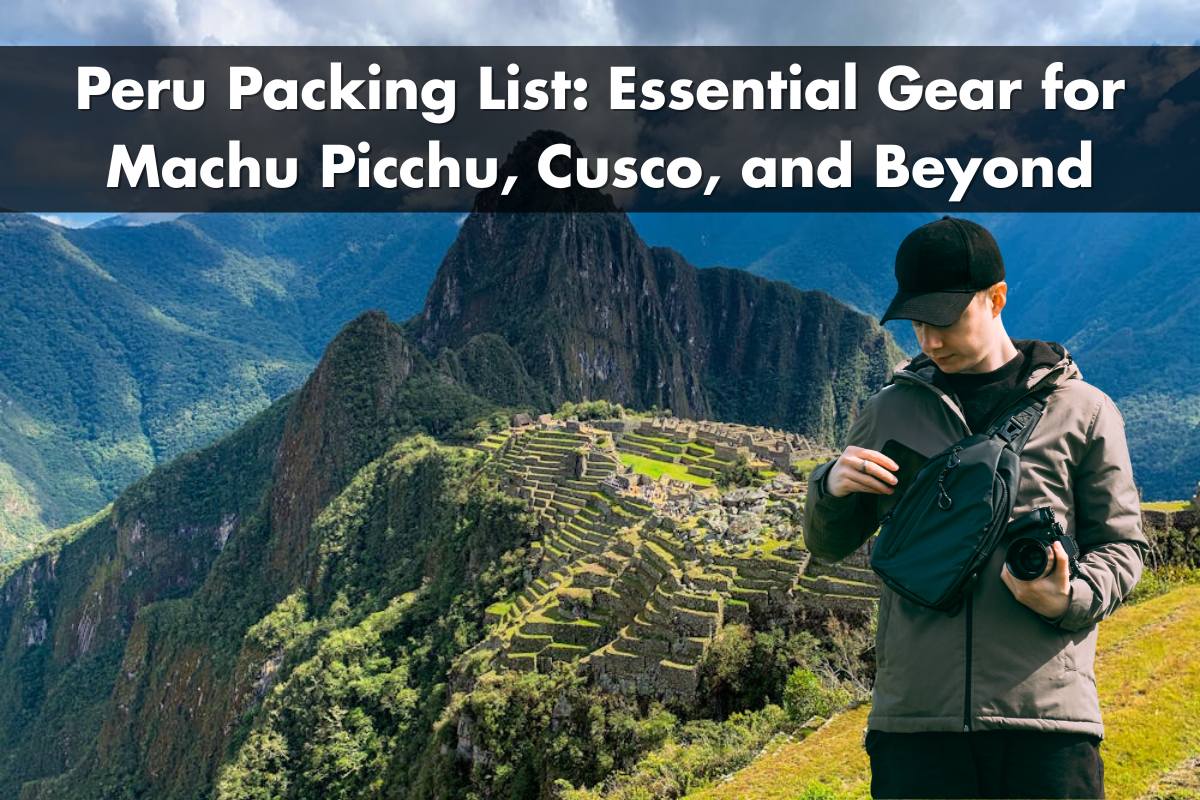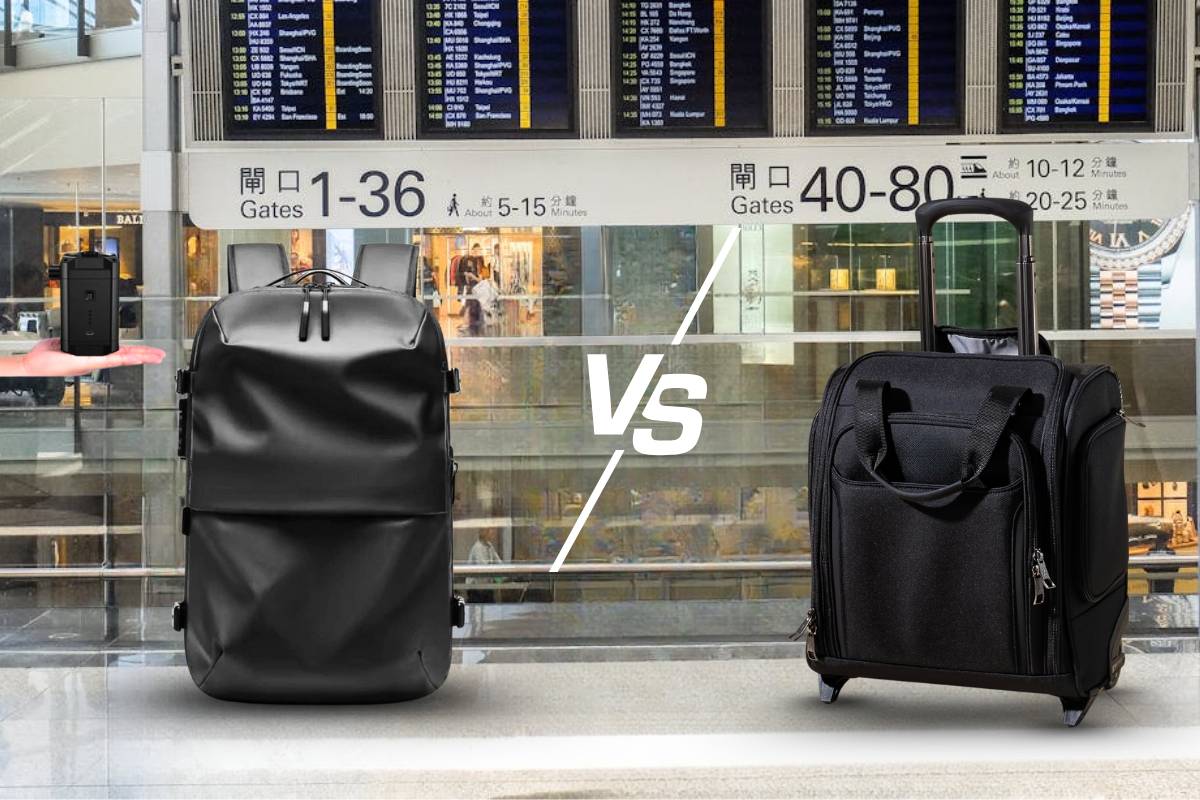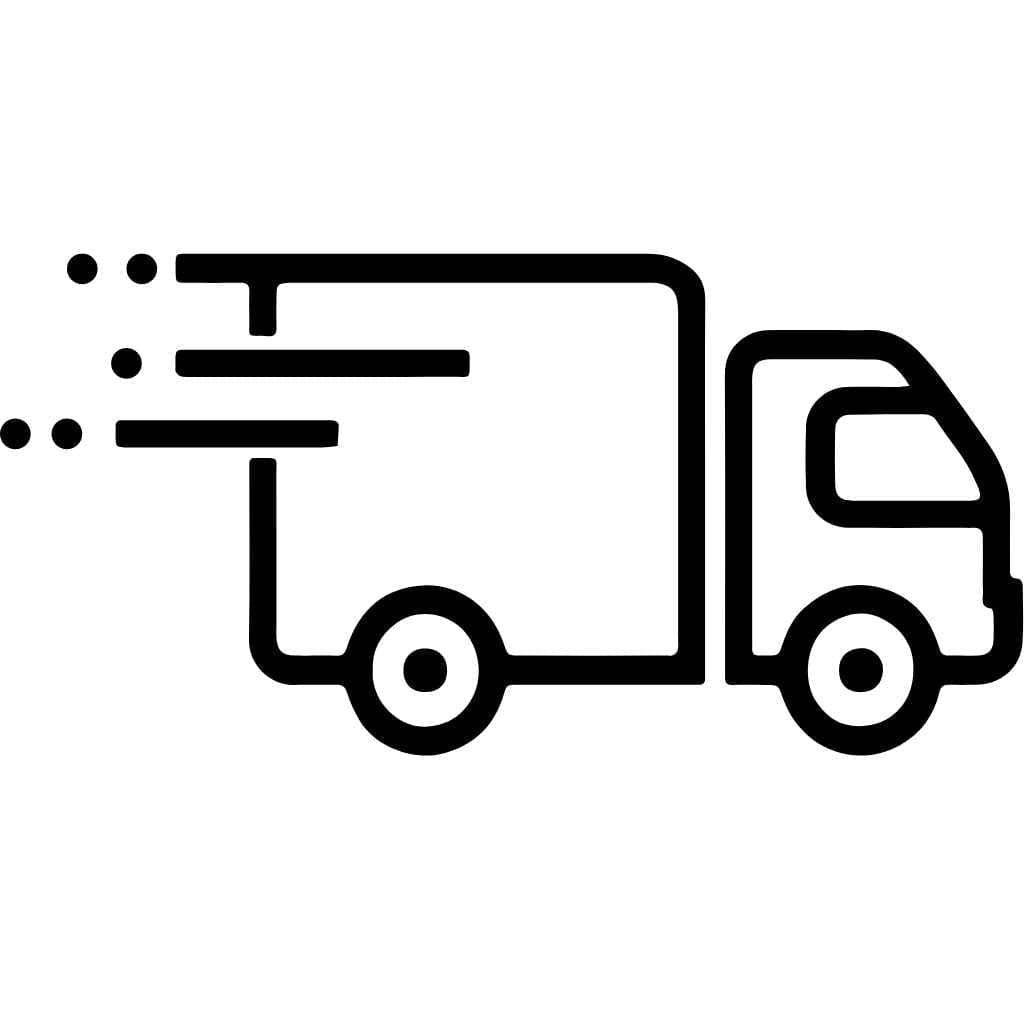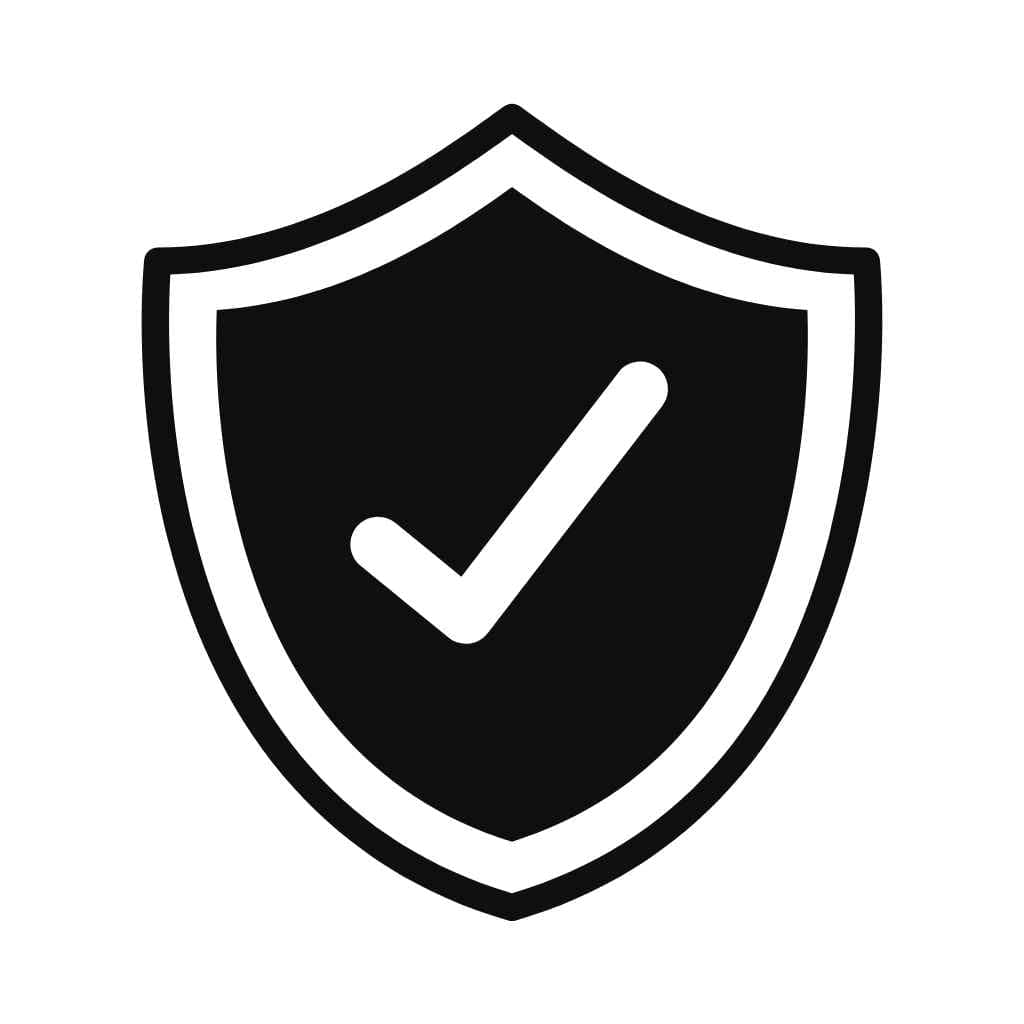Packing for Peru isn’t as simple as throwing a few shirts in your bag. With the country’s dramatic shifts in climate—from chilly highland nights to steamy Amazon days—you’ll need to think ahead. Peru’s weather can feel like a puzzle with temperatures and conditions changing from region to region and even hour to hour.
Must-Have Travel Backpack for Your Peru Adventure
Selecting the right travel backpack maximizes comfort and organization during your Peru adventure. Choose a backpack with a 30–45-liter capacity, allowing you to carry essentials without unnecessary bulk. Opt for models with adjustable padded straps and a hip belt for better weight distribution, which helps on long Andean hikes and urban explorations.
Look for a backpack featuring:
- Waterproof Materials: Protect electronics and clothes from rain in unpredictable climates, especially during the wet season from November to March.
- Compartments and Pockets: Separate gear efficiently. Use top compartments for quick access items like passports, boarding passes, or sunblock.
- Hydration Sleeve or Side Pockets: Store water bottles or a hydration bladder for trekking Machu Picchu or the Inca Trail.
- Ventilated Back Panel: Increase airflow and reduce sweat when trekking in humid regions like the Amazon.
- Compression Straps: Secure bulky items and stabilize your load on uneven terrain.
Include a lightweight, packable daypack for city strolls, market visits, or short hikes. Daypacks with a 15–20-liter capacity fit daily necessities and layer seamlessly under larger trek packs.
|
Feature |
Importance in Peru
|
|---|---|
|
Capacity (40–45 L) |
Holds essentials for multi-day trips |
|
Waterproof Cover |
Shields gear from Amazon and Andean rain |
|
Hip Belt |
Reduces strain on high-elevation treks |
|
Organization Pockets |
Keeps valuables and travel docs accessible |
|
Hydration Sleeve |
Supports sustained hydration on treks |
|
Ventilated Panel |
Adds comfort in tropical and highland heat |
|
Compression Straps |
Stabilizes uneven or heavy loads |
What You Need to Know Before Visiting Peru
Peru’s wildly variable climate, terrain, and local customs make a core packing list essential for a smooth trip. Prioritize layers, travel documentation, and regional know-how for less stress and more adventure.
Travel Docs & Essentials To Remember
- Passport: Bring a passport valid for 6 months beyond your return date.
- Entry: Score a 90-day visa on arrival if you’re from most countries—no paperwork in advance.
- Vaccines: No vaccines needed by law; yellow fever recommended for Amazon region trips.
- Currency: Use Peruvian soles—carry cash, especially in villages; digital cards like Wise or Revolut beat banks for rates.
- Connectivity: Airalo eSIMs solve most data needs and skip airport wait time.
How To Dress In Peru
Dressing in Peru means strategic layering and climate adaptation. Examples by region:
- Lima: City-casual wins; bring neutral layers that fit in at cafes and museums.
- Cusco & Sacred Valley: Temperatures shift from 5°C mornings to 22°C afternoons; pack merino layers, a thermal jacket, and a breathable midlayer.
- Machu Picchu: High chance of rain and sun in one trek—waterproof shoes, moisture-wicking clothing, and a wide hat work best.
- Amazon: Humidity and insects dominate; long sleeves, earthy colors, and ultra-light, quick-drying fabrics reduce bites and discomfort.
Local Tips Worth Knowing
- Acclimatization: Spend at least a day in Cusco to adjust; use hydration and coca tea to manage altitude effects.
- Urban transport: Skip street taxis in Lima; Uber and Cabify are safer and more reliable options.
- Gear: Pack both gloves and sunscreen—morning frost turns into sunny afternoons.
- Temple visits: Shoulders and knees stay covered for sacred sites, for both men and women.
- Laundry: Affordable laundry services let you re-wear clothes often, so pack few, versatile items.
Select multi-use clothing and prioritized essentials to keep up with Peru’s pace, both in the wild and on city streets.
Machu Picchu Packing List
Packing for Machu Picchu requires focus on practical gear, weather preparation, and comfort. Layered clothing and compact essentials make adapting to changing mountain conditions much easier.
Must-Haves for Machu Picchu
Key Machu Picchu must-haves increase your safety and convenience at the site.
- Passport: Bring your original passport, as entry officials check it at the gate.
- Tickets: Present pre-purchased Machu Picchu entry and train tickets at checkpoints.
- Water Bottle: Carry a refillable 1–2 liter bottle, since plastic disposables are restricted at the entrance.
- Snacks: Pack high-protein snacks (e.g., nuts, granola bars) to maintain energy during your visit.
- Sunscreen: Apply broad-spectrum sunscreen, as UV exposure intensifies at high altitude.
- Cash: Carry Peruvian soles in small bills for tips and on-site purchases.
- Lightweight Rain Jacket or Poncho: Packable rain gear keeps you dry during sudden showers.
Hiking Essentials
Specialized hiking gear ensures comfort and stability along Machu Picchu’s trails.
- Daypack (15–25L): Use a lightweight pack with a rain cover, as large backpacks aren’t permitted inside.
- Supportive Hiking Boots: Wear trail-tested, broken-in boots with ankle support for the stepped and uneven terrain.
- Breathable Layers: Choose moisture-wicking shirts, base layers, and trekking pants for flexible layering—temperatures range from 40°F (morning) to 75°F (afternoon).
- Thermal Fleece or Lightweight Down Jacket: Early mornings and evenings get chilly, especially May–September.
- Hat and Sunglasses: A wide-brimmed hat shields your face from sun at altitude, while UV-blocking sunglasses protect your eyes.
- Trekking Poles: Use collapsible poles for extra stability, especially if path conditions are muddy or steep (store them with rubber tips as metal ends aren’t allowed inside).
Accessories
Essential accessories address changing weather, health, and on-the-go convenience.
- Headlamp or Small Flashlight: Early departures or late returns can mean walking in low light around Aguas Calientes or trailheads.
- Reusable Face Mask or Buff: Protects against dust and can serve as an extra layer in cooler temperatures.
- Insect Repellent: Apply DEET-based or natural repellent, especially during the November–March wet season.
- Portable Power Bank: Keep devices charged for maps, photos, or communication.
- First Aid Kit: Bring a minimal kit with blister plasters, bandages, and any prescription medication.
- Wet Wipes and Hand Sanitizer: Facilities near Machu Picchu are basic—cleaning supplies help you maintain hygiene.
- Plastic Zip Bags: Waterproof your electronics and organize waste or dirty clothes.
Machu Picchu Packing List—Reference Table
|
Item |
Purpose |
Size/Details
|
|---|---|---|
|
Daypack |
Carry essentials |
15–25 liters |
|
Water Bottle |
Hydration, single-use not allowed |
1–2 liters |
|
Rain Jacket/Poncho |
Sudden rain protection |
Lightweight, packable |
|
Hiking Boots |
Stability/traction |
Broken-in, ankle support |
|
Thermal Layer |
Warmth for cold mornings |
Fleece/Down Jacket |
|
Snacks |
Maintain energy |
2–3 packs |
|
Hat & Sunglasses |
Sun protection |
Wide-brim, UV-block |
|
Passport |
Site entry |
Original, not copy |
|
Sunscreen |
High altitude UV protection |
SPF 30+ |
|
Portable Power Bank |
Device charging |
≥5000 mAh |
|
Trekking Poles |
Trail support |
Collapsible, rubber tip |
|
First Aid Kit |
Treat minor injuries |
Compact, essentials |
These items collectively prepare you for Machu Picchu’s changing mountain climate and trail regulations.
What to Wear In Peru (and Pack)
Packing clothes for Peru means selecting versatile layers that handle sudden weather changes, high-altitude cold, and tropical humidity. Choose each item for performance, comfort, and adaptability across the coast, Andes, and Amazon.
Tops:
- Pack 2–3 breathable t-shirts. Merino or moisture-wicking synthetics dry fast, control odor, and fit urban and adventure plans.
- Bring 1–2 long-sleeve performance shirts. Wear these for extra warmth in mountain towns and sun protection in the jungle.
- Add a lightweight fleece or hoodie. Use this as a midlayer for chilly Valle Sagrado nights or acclimatized morning walks in Cusco.
- Include 1 compact insulated jacket or vest. This delivers crucial warmth when temperatures drop after sunset—especially above 3,000 meters.
- Carry 1 lightweight rain shell or windbreaker. Rely on this barrier during highland storms or humid jungle mist.
- Optional: 1 travel dress shirt or button-down balances comfort with smart style for nights out in Miraflores or fine dining in Arequipa.
For Bottoms:
- Select 1–2 pairs of technical hiking or travel pants. Quick-dry, stretch fabrics work for Machu Picchu treks and city days alike.
- Bring 1 pair of casual pants. Combine durability and breathability to move from city sightseeing to evening plans.
- Pack 1 pair of versatile shorts. Use these for coastal Lima or the hot, humid Amazon; quick-dry designs can double as swimwear.
- Add 1 thermal base layer set (top and bottom). Essential for cold Andean nights and early morning hikes at altitude.
- Underwear & Socks: Bring 5–6 pairs of quick-dry underwear and 4–6 pairs of socks—mix lighter city styles with 1–2 thick, blister-resistant hiking pairs.
- Accessories: Use a wide-brimmed sun hat or cap for UV protection at high elevation; neck gaiter or buff blocks wind, dust, and cold; a lightweight beanie and thin gloves help for chilly starts; polarized sunglasses cut glare; a pashmina or travel scarf adds warmth and covers up for temple visits or long bus rides.
Footwear:
- Wear 1 pair of waterproof trail runners or light hiking shoes. Peru’s cobbled streets, stone steps, and jungle trails require grip and support.
- Take 1 pair of comfortable slides or sandals. Use these for showers, hostels, or relaxing after treks—especially in Aguas Calientes.
- Optional: Include casual sneakers if you want style for urban nights in Lima or evenings in cities.
For travel during the wet season (November–April), supplement your clothing with a dependable rain shell, fast-drying layers, and quality insect repellent. Prepare with thermals and thick socks if heading for the Andes or multi-day trekking where mountain weather shifts fast.
Hygiene + Health Essentials for Peru
Travelers stay healthier and more comfortable in Peru by including targeted hygiene and medical supplies. Essential items handle altitude, variable conditions, and routine travel health needs.
Health + Meds to Pack
- Prescription Medications: Carry all required prescription medications in original packaging with an extra supply and a doctor’s note for customs checks. Examples include antibiotics for traveler’s diarrhea or chronic condition treatments.
- Altitude Sickness Medication: Pack acetazolamide (Diamox) or bring soroche pills for rapid ascents, if authorized by your doctor. Altitude sickness risk is highest above 2,500 meters in cities like Cusco.
- Pain Relievers + Anti-Inflammatories: Include ibuprofen, acetaminophen, or aspirin for altitude headaches, hike soreness, or routine pain. Pharmacies in Peru vary in availability and quality.
- Digestive Health Supplies: Add activated charcoal, Imodium, probiotics, or Pepto-Bismol to help with digestive upsets from local cuisine or water, especially when traveling outside main cities.
- Electrolyte Packs: Bring electrolyte powder or hydration tablets for rehydration after treks or to counteract altitude- or heat-induced dehydration. Single-serving packets travel best.
- First Aid Kit: Include blister pads, sterile gauze, antiseptic wipes, bandages, tweezers, and antibiotic cream for cuts, scrapes, and blisters from extensive hiking.
- Allergy + Motion Sickness Relief: Carry antihistamines for allergies and motion-sickness tablets for winding roads or boat trips in the jungle area.
- Antimalarials (if visiting the jungle): Ask your doctor about malaria prophylaxis when heading to lowland jungle regions east of the Andes.
- Personal Health Documents: Bring travel insurance, vaccination certificate (yellow fever where needed), and a printed medication list.
|
Health Item |
Why It’s Needed |
Example Use
|
|---|---|---|
|
Prescription meds |
Essential for health maintenance |
Daily medication, antibiotics |
|
Altitude meds |
Prevent/treat altitude sickness |
Cusco, Lake Titicaca visits |
|
Pain relievers |
Manage headache, soreness |
After hikes, travel fatigue |
|
Digestive supplies |
Prevent/treat stomach upset |
Gastrointestinal symptoms |
|
Electrolyte powder |
Rapid rehydration |
Post-trek, climate adaption |
|
First aid kit |
Minor injuries, blisters |
Hiking trails |
|
Antihistamines |
Allergy/sinus relief |
Pollens, insect bites |
|
Antimalarials |
Malaria prevention in jungle |
Amazon basin travel |
Adjust your medical kit based on regions visited, length of stay, and planned activities in Peru.
Tech Gear That Travels Well in Peru
Pack tech gear that adapts efficiently to Peru's diverse conditions, lengthy outings, and unique infrastructure.
- Smartphone and Charger
Carry your smartphone for navigation, translation, and photography, plus a lightweight USB charger. Signal coverage spans cities and many tourist hotspots, though remote Andean and Amazonian regions may offer limited reception.
Bring a universal travel adapter compatible with Type A (flat pins, like US) and Type C (round pins, like European) outlets. Most hotel rooms and public spaces in Lima, Cusco, and Arequipa use either type, with 3-prong outlets rare.
Select a power bank rated at least 10,000 mAh. Multi-day hikes, day-long bus rides, and excursions to Machu Picchu or Lake Titicaca limit access to outlets. A portable charger ensures essential devices stay powered throughout the day.
- Camera and Lenses
Use a compact point-and-shoot, mirrorless camera, or DSLR for Peru's landscapes. Action cameras, like a GoPro, work well during rainy seasons or for adventure sports and treks. Spare memory cards and charged batteries are essential.
Pack noise-canceling headphones or compact earbuds for long travel days and overnight buses. They also improve privacy for calls and entertainment in shared accommodations.
- E-Reader or Tablet
Load an e-reader or lightweight tablet with guidebooks, offline maps, and reading material. Download essential resources in advance, given limited Wi-Fi in rural or remote areas.
Store all necessary charging and data transfer cables, including micro-USB, USB-C, or Apple Lightning, in a small pouch for organization.
- Backup Digital Storage
Carry a spare SD card or compact USB drive for camera file backup. Frequent changes in gear environment and lengthy trips require reliable backup solutions to prevent data loss.
|
Tech Gear Item |
Contextual Use in Peru |
Key Specification
|
|---|---|---|
|
Smartphone |
Navigation, translation, photography |
Unlocked, local SIM support |
|
Power Bank |
Long excursions, remote regions |
≥10,000 mAh, compact design |
|
Universal Adapter |
Compatibility with Type A/C outlets |
Accepts round/flat pins |
|
Camera/Action Cam |
Scenery, sports, unpredictable weather |
Lightweight, weatherproof option |
|
Extra SD Card |
Photo/video storage, backup |
Class 10, ≥64GB capacity |
|
Headphones/Earbuds |
Transport, shared hostels |
Lightweight, noise-canceling |
|
E-Reader/Tablet |
Reading, maps, travel documents |
Download offline content |
Consistent, organized tech packing ensures reliable device operation for documenting landscapes, staying connected, and navigating Peru’s variable environments.
Must-Have Travel Gear
Pack lightweight shirts, thermal base layers, and an insulated jacket to adapt to changing weather in Peru’s regions, like the Andean highlands or Amazon jungle.
- Versatile Footwear
Choose waterproof hiking boots for trekking trails near Cusco, Machu Picchu, and city walks, and add comfortable sandals to rest your feet after daily activities.
Carry a rain jacket or poncho made with breathable, waterproof material since downpours occur in the wet season, especially from November to April.
Select a primary backpack (40–50 L) with padded straps and a hip belt for hikes, plus a compact daypack for short city excursions or day trips.
Include a refillable water bottle (minimum 1L), a filtration device, or purification tablets to ensure safe hydration in areas where potable water’s limited.
- Sun and Mosquito Protection
Use high-SPF sunscreen, a wide-brimmed sun hat, polarized sunglasses, and insect repellent with DEET to guard against sunburn and bites in exposed or jungle regions.
- Personal Health Supplies
Pack a compact first aid kit, prescription medication in original containers, and altitude sickness tablets for travel above 2,500 meters—examples include Cusco and Puno.
Bring a portable power bank (10,000 mAh+), universal adapter, and charging cables to maintain device functionality in remote settings or on multi-day treks.
Slip in a quick-dry towel, zippered pouches for organization, and reusable bags to manage personal hygiene and packing efficiency during your journey.
|
Essential Gear |
Example Use Case |
Notes
|
|---|---|---|
|
Layered clothing |
Highlands, Amazon, coast |
Enables fast adaptation to temperature |
|
Waterproof hiking boots |
Machu Picchu, rural trails |
Prevents slips, handles mud |
|
Rain jacket/poncho |
Wet season, jungle, highlands |
Ensures comfort during rain |
|
Refillable water bottle |
Trekking, city, Amazon |
Meets hydration needs |
|
First aid kit |
All regions, treks |
Supports emergency care |
|
Altitude pills |
Highland cities (e.g. Cusco) |
Minimizes altitude sickness risk |
|
Power bank & adapter |
Multi-day trips, remote locations |
Keeps devices operational |
|
Sun hat & sunglasses |
Day hikes, open areas |
Protects from intense sunlight |
|
Insect repellent |
Amazon, rural jungle lodges |
Reduces mosquito bite exposure |
Final Thought
Packing for Peru means more than just filling your bag with clothes and gear. It's about preparing for the unexpected and making sure you're comfortable no matter where your journey takes you. When you pack smart and thoughtfully, you'll be ready to enjoy Peru's stunning landscapes, vibrant culture, and unforgettable adventures with confidence.
With the right essentials in your backpack, you can focus on making memories instead of worrying about what you forgot. Safe travels and enjoy every moment of your Peruvian adventure!


